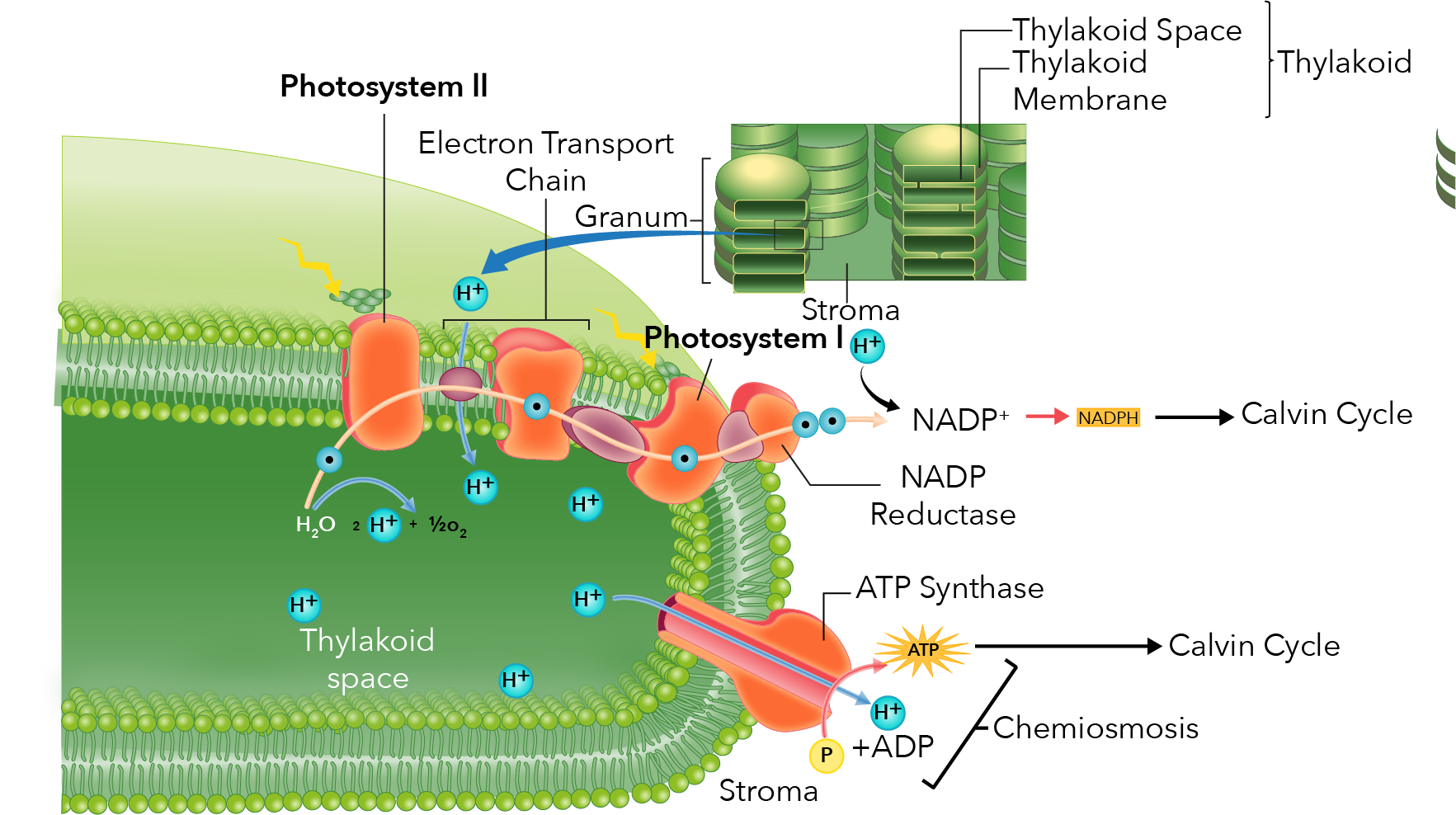Are you searching for 'thylakoid oxygen photosynthesis'? Here you can find the answers.
Table of contents
- Thylakoid oxygen photosynthesis in 2021
- During photosynthesis, plants
- What are the products of photosynthesis
- Photosynthesis cycle
- What does the thylakoid do
- Photosynthesis steps simple
- Photosynthesis equation
- Chloroplast
Thylakoid oxygen photosynthesis in 2021
 This picture demonstrates thylakoid oxygen photosynthesis.
This picture demonstrates thylakoid oxygen photosynthesis.
During photosynthesis, plants
 This image shows During photosynthesis, plants.
This image shows During photosynthesis, plants.
What are the products of photosynthesis
 This picture illustrates What are the products of photosynthesis.
This picture illustrates What are the products of photosynthesis.
Photosynthesis cycle
 This image illustrates Photosynthesis cycle.
This image illustrates Photosynthesis cycle.
What does the thylakoid do
 This picture shows What does the thylakoid do.
This picture shows What does the thylakoid do.
Photosynthesis steps simple
 This picture demonstrates Photosynthesis steps simple.
This picture demonstrates Photosynthesis steps simple.
Photosynthesis equation
 This picture illustrates Photosynthesis equation.
This picture illustrates Photosynthesis equation.
Chloroplast
 This image demonstrates Chloroplast.
This image demonstrates Chloroplast.
Where is the CF1 enzyme located in the thylakoid?
The enzyme is integrated into the thylakoid membrane. The CF1-portion of the synthase molecule extended into the stroma, where ATP supports the light-independent photosynthesis reactions. The lumen of the thylakoid contains proteins used for protein processing, photosynthesis, metabolism, redox reactions, and defense.
What does the thylakoid membrane of a cyanobacterium do?
The cyanobacterium has an outer cell wall, cell membrane, and thylakoid membrane. Inside this membrane is the bacterial DNA, cytoplasm, and carboxysomes. The thylakoid membrane has functional electron transfer chains that support photosynthesis and cellular respiration. Cyanobacteria thylakoid membranes don't form grana and stroma.
How are electrons produced in the thylakoid reaction?
This reaction produces electrons that are needed for the electron transport chains, protons that are pumped into the lumen to produce a proton gradient, and oxygen. Although oxygen is needed for cellular respiration, the gas produced by this reaction is returned to the atmosphere.
What is the role of the thylakoid lumen in photosynthesis?
The thylakoid lumen is a continuous aqueous phase enclosed by the thylakoid membrane. It plays an important role for photophosphorylation during photosynthesis. During the light-dependent reaction, protons are pumped across the thylakoid membrane into the lumen making it acidic down to pH 4.
Last Update: Oct 2021
Leave a reply
Comments
Susane
23.10.2021 11:27We've seen in past videos that photosynthesis can be broken in down into the light dependent reactions and the Melvin Calvin cycle and the light dependent reactions is where we take light equally an input on with water and we'll see the water is in reality a source of electrons and we can use that to store Energy in the grade of atp and nadph and equally a by-product we produce molecular O which is very. 6co 2 + 6h 2 o → c 6 H 12 o 6 + 6o 2.
Elander
27.10.2021 07:08During photosynthesis, autotrophs economic consumption the sun's Energy Department to make sugar molecules from body of water and carbon dioxide, releasing oxygen equally a byproduct. The O released during this phase is the most.
Kentavious
20.10.2021 12:16Chlorophyl molecules are made-up into the thylakoid membrane. Surrounds the grana and keeps them moist enables the light-dependent reactions to occur combines C dioxide and body of water to make lolly the light-independent reactions to occu.